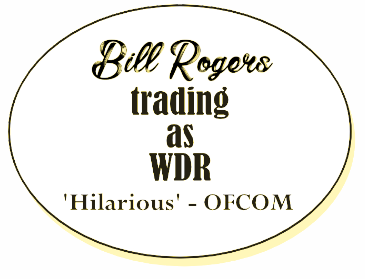In 1985 the BBC pulled out of plans to build a new Radio Centre, designed by Norman Foster, on the site of the Langham Hotel, opposite Broadcasting House. Instead, the new chairman, Stuart Young, sold the freehold of the hotel for an estimated £26m - and for the same money, bought the old White City site.
The BBC's Architecture and Civil Engineering department then concluded a deal with Balfour Beatty, to "design and build" an administrative headquarters as the first phase of the White City Development. Design and build meant that you just specified your requirements, and lo, the building of your dreams appeared - for a pre-agreed price. The BBC imagined something nice, with fashionable brise-soleil shading elegant cladding, in the style of early Arup buildings at Broadgate. Design and build contracts incentivise finding the cheapest way of meeting the brief. BB's engineers met the shading spec with black glass and sheer metal panels - and thus the eyeless, heartless White City 1 emerged, ready for occupation in 1990. Critic Rowan Moore once described it as "a building with all the charisma of a plastic cup out of a drinks dispenser". ACED declared the building was on cost and on time; others told a different story.
The idea was that top brass would be there; I had the pleasure of showing round John Birt when he was deputy Director General, as the building was under construction, and he opined firmly, that it was the worst office he'd ever been offered - and never worked there.
Last week, discreetly, the BBC gave notice to the outside world that White City 1 was empty, ready for use by whoever is prepared to do a deal.
Here's a truncated piece of a speech by Greg Dyke, given in 2003, when he was Director General.
And here.. is the BBC's piece de resistance, a building which is known in the BBC as Ceacescu Towers – a description reflecting its similarity to many buildings constructed in post-war communist Eastern Europe.
This is the BBC headquarters in White City.
This was only built a decade ago and I find it little short of disgraceful that a public body like the BBC should have commissioned such a building.
And by the way, I don't blame the architects and builders for this.
It was all about a brief from the client - us - which was driven by considerations of costs above all else.....
Let me tell you a story about this building which tells you so much about so many public bodies.
Inside this horrible building is a courtyard, quite a nice courtyard actually.... It had been closed since the building opened.... When I asked why was this the case I was told the magic words "health and safety"... But as I was the new Director-General and hadn't yet been worn down by years of BBC bureaucracy I decided to take it further.
I asked the fairly obvious question what were the health and safety risks? Silence. I asked again.
After a few months the message came back that there was no wheelchair ramp and we needed an extra fire door. That was it - a ramp and a door... So I put in the door and built a wheelchair ramp – not personally of course – and declared the courtyard open with a party for the staff working there.
The excitement at the party was amazing – one group asked me could we go on the balconies now? They too had been closed for ten years.
Another asked does this mean we can paint our offices a colour other than grey? Radical stuff.
And then I bumped into one of the building managers and told him all these exciting things. And what did he say? He said "look what you’ve started now".
Subscribe to:
Post Comments (Atom)





No comments:
Post a Comment